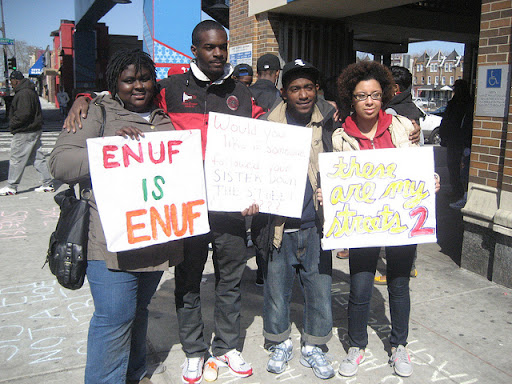
Check out and spread the word about these two opportunities for men of all gender expressions to share their voices to help end gender-based street harassment:
1 – Blogging: After a summer hiatus, the Wednesday male allies blogging series is back. Sign up to participate.
This is a great opportunity to share your thoughts on and experiences with street harassment and discuss relevant issues in the news. Or you could share a relevant piece of art, spoken word clip, poem or a song. Here are four examples of male allies posts from this past spring and examples of relevant art or spoken word by men. Written posts should be no more than 500 words and should be written in a conversational style. You can opt to receive an email reminder a week before your post is due. Email stopstreetharassment AT gmail.com with any questions.
2 – Bystander Stories: I’m working on a new soon-to-be-announced anti-street harassment project and I need more bystander stories from men, especially men outside the US, who prevented or stopped a street harassment incident or who checked up on the harassed person. If you’d like to share your story, please follow this link to Survey Monkey.
Thank you!
For some entertainment on this Tuesday, here is how one young man shared his voice:


